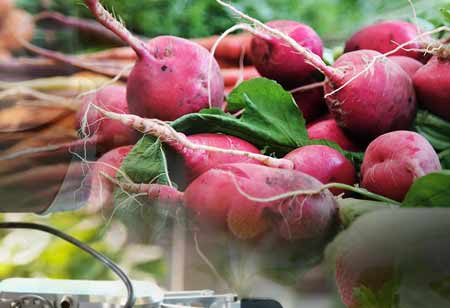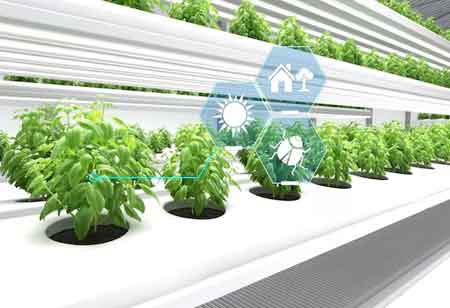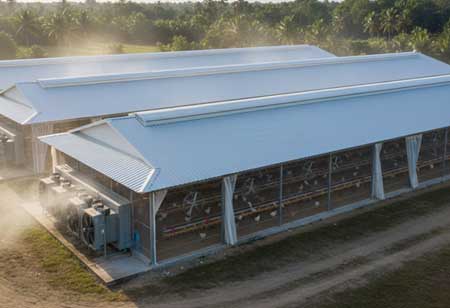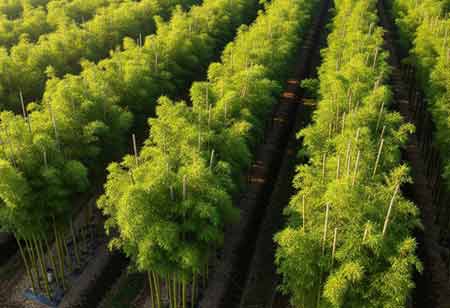Thank you for Subscribing to Agri Business Review Weekly Brief
Why is it Worthwhile to Invest in Technology in Agriculture?
Farmers are under increasing pressure to produce more of higher quality and sustainably.

By
Agri Business Review | Tuesday, April 26, 2022
Stay ahead of the industry with exclusive feature stories on the top companies, expert insights and the latest news delivered straight to your inbox. Subscribe today.
To fulfill the ever-increasing worldwide need for food, a mix of smart farming and the application of food technology is essential to enhance agricultural productivity.
FREMONT, CA: Farmers are under increasing pressure to produce more of higher quality and sustainably. Automation and new technologies can assist farms in meeting their objectives and increasing their profitability.
Climate change, population growth, soil degradation, rising energy prices, water pollution, biodiversity loss, and market pressures to protect farm employees' livelihoods have made agricultural food production more challenging. Covid-19 has exacerbated the situation by affecting the supply of seasonal, migratory labor, putting growers under even more strain.
Experts feel the industry must innovate and adopt new technology that complements traditional farming practices to overcome these obstacles.
Agricultural technology, or agri-tech, assists in transforming the food production industry by decreasing the amount of human labor required to undertake repetitive, labor-intensive tasks. Additionally, smart farming software tools can help forecast yields, automate irrigation, and monitor soil health, among other things.
The world's current population of 7.6 billion people is anticipated to increase to 8.6 billion in 2030, 9.8 billion in 2050, and 11.2 billion in 2100. With the world's population expected to reach 9.8 billion by 2050, the UN estimates that if present food consumption habits continue, the globe will require nearly 60 percent more food in 2050.
Agribusinesses may become more profitable, productive, and safe while being environmentally friendly by implementing innovative technologies.
While there are now robots milking cows, many more intelligent robots will be integrated into farmers' daily routines over the next few years.
For example, robotic equipment can pull weeds from the ground, thereby avoiding the usage of toxic pesticides. Alternatively, they can determine the amount of water or CO2 in the soil without strenuous manual testing.





